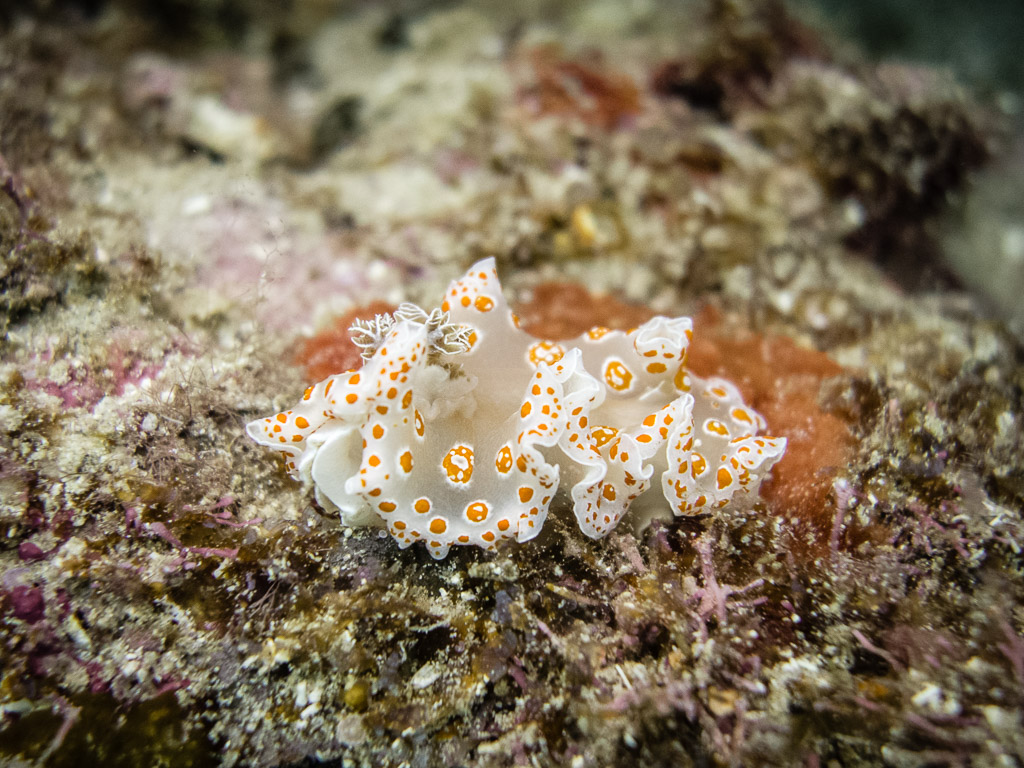When Elisabeth Tova Bailey (The Sound of a Wild Snail Eating) was confined to bed by a serious illness, her only constant companion was a wild snail. To her surprise, the snail proved to be the perfect companion, slow moving but steady. Slugs and snails may not always be welcome in our gardens, but they are fascinating small creatures and well worth a closer look.
Personal Armour
Snails have shells; some snails even have hairy shells. Slugs don’t have shells. At least, slugs don’t have an external shell, but nearly all of them have internal plates that protect them. And some have a partial shell, but it’s not big enough for them to retreat inside it.
Shells protect snails from predators and from drying out. But it takes a lot of energy and calcium to grow a shell; it slows them down; and it prevents the snail from squeezing into tiny places.

Mealtime
Slugs and snails use their jaw to cut up larger pieces of food – anything from leaves and rotting vegetation to worms, fungi, and other snails. A flexible band (radula) of thousands of microscopic teeth scrape up the pieces of food.
Snails like to eat together, sharing a single food source even if there is more available nearby.
Slugs and snails enrich the soil by recycling decayed leaves and other vegetation. Slugs are partial to fungi and help to start new mushroom colonies and promote the mycorrhizal relationship between trees and fungi by spreading the fungal spores when they defecate. Slugs and snails are also a food source for larger animals.
Look At Me
Slugs and snails have two sets of tentacles. The top pair can sense light, while the bottom pair are used for smell.
The mantle is a thicker saddle-shaped area above the head that protects the slug’s vital organs. Snails secrete their shell through the mantle. Terrestrial slugs breathe through a hole (pneumostome) attached to a lung sack under their mantle. Sea snails breathe through gills.
Slugs move forward on a rippling wave of muscular contractions in their foot, the bottom side of the slug. Mucus secretions help them to glide more smoothly and protect them from damage.
Slime
Slugs and snails produce large quantities of mucus through their pores. They use it to help them move, to prevent them from drying out, to protect them from predators, and to temporarily attach themselves to a surface. The mucus has an anaesthetizing effect and was used by First Nations people to treat toothache. It has also inspired a strong adhesive that can be used on wet, flexible surfaces.
Angels & Butterflies
Slugs aren’t confined to land. Clione limacina (also known as sea angels because of the wing-like flaps they use to help them swim) live in cold and Arctic waters and feed almost exclusively on the shelled spiratella pteropod (sea butterflies). The sea angels extend 6 tentacles from their mouth to grab the spiratella’s shell and turn it around so their mouth is facing the shell’s opening. They then extend two hooks to grab the spiratella’s body and swallow it whole.
All the Colours of the Rainbow
The blue-grey taildropper is a tiny slug that is only found in 12 moist forests on southern and south-eastern Vancouver Island. It’s endangered, which is such a shame because it’s beautiful, ranging in colour from bright blue to greyish-purple. It also plays an important role in spreading the spores of mycorrhizal fungi. Blue-grey taildroppers drop their tail when frightened.
The banana slug’s name refers to its shape, not its colour, which can vary. They’re the second-largest slug in the world (up to 10 inches). Banana slugs are preyed upon by northwestern salamanders that aren’t afraid to tackle a slug the same size as themselves.
Black slugs (they may also be red, white, or chocolate) were introduced from Europe in the 1940s. They have a fringe on their foot, which is red with black stripes.
Nudibranchs, also known as sea slugs, have been described as the “high fashion models” of the sea world as they come in a wide variety of shapes and colours. Many of them breathe through a cluster of external feathery gills on their back that can be retracted inside their body for protection. Some of the largest nudibranchs in the world can be found off the coast of British Columbia. Nudibranchs store chemicals that scientists believe could be made into medicines to benefit humans, such as new treatments for cancer and neurodegenerative diseases.

Choices
Most land snails and slugs have both male and female sexual organs. Some can self-fertilize but most require a partner. The leopard slug suspends itself on a long strand of mucus during reproduction.
Gardening Advice
Slugs and snails can be a menace in your garden, but they also play an important role in decomposition. While gardeners often look for ways to kill slugs and snails, a more responsible approach is to make them feel uncomfortable in your garden. Choose how and when you water to avoid creating the wet environment slugs and snails require. Remove hiding spots and create barriers. Start your plants indoors as mature plants are less attractive to slugs.
See Also
The Sound of a Wild Snail Eating, Elisabeth Tova Bailey
Photo credits: https://www.flickr.com/photos/apmckinlay/40656928250 (top, Pacific banana slug), https://www.flickr.com/photos/apmckinlay/42673332972 (Pacific sideband snail), https://www.flickr.com/photos/apmckinlay/36824009713(nudibranch)
EcoFriendly West informs and encourages initiatives that support Western Canada’s natural environment. Like us on Facebook, follow us on Twitter, or subscribe by email.
